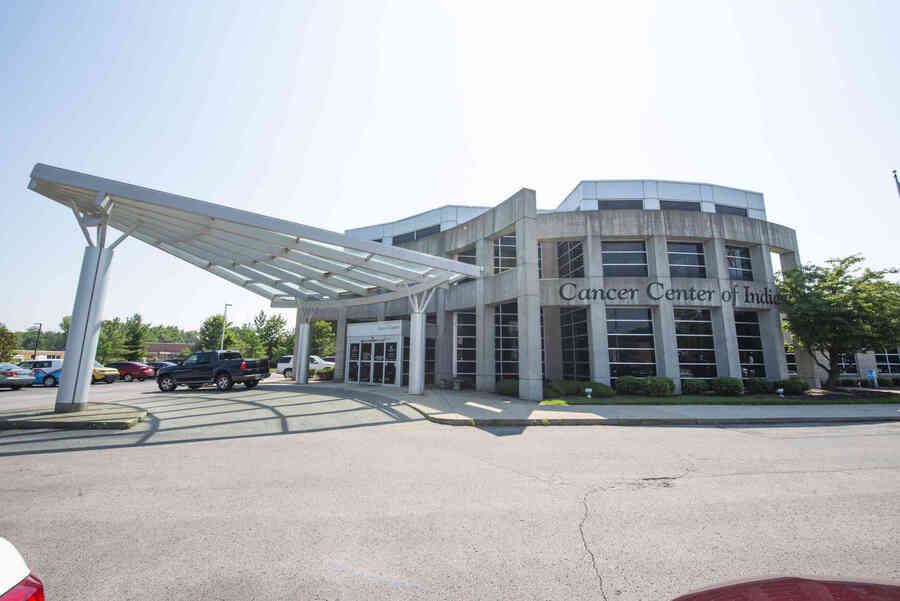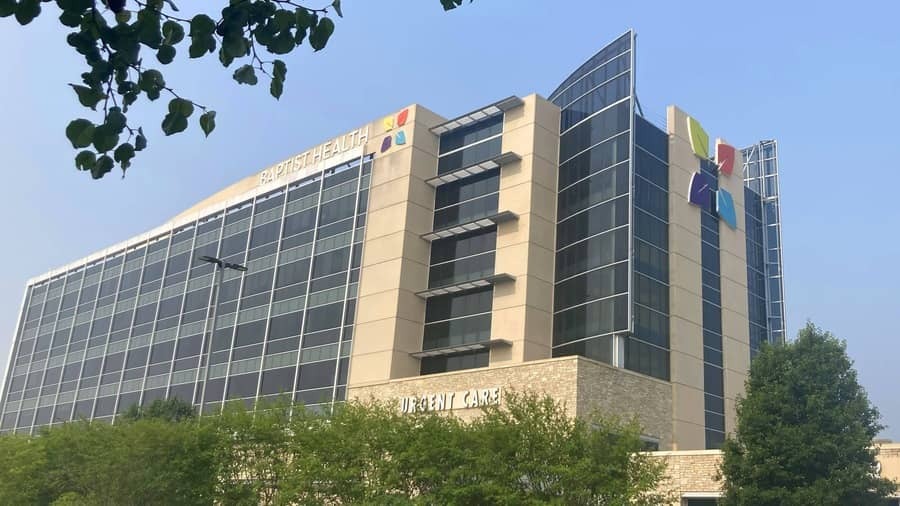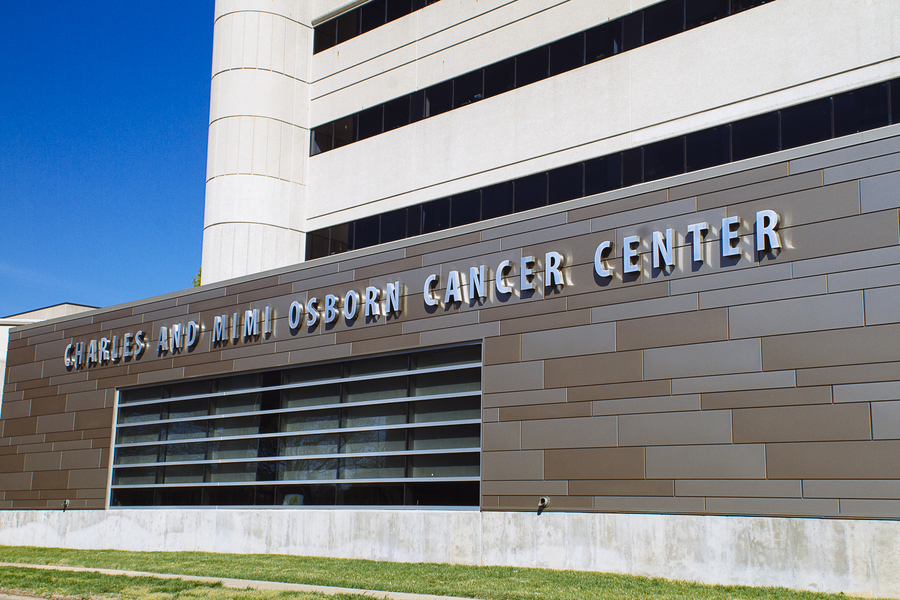Molecular Imaging
Unlike conventional imaging studies like X-ray, CT Scan, and MRI that produce structural images, molecular imaging shows how the body is functioning and what is happening at the cellular level. Because cancer begins with microscopic cell changes, molecular imaging can identify cancer at an earlier stage, often before symptoms appear. Molecular imaging can help physicians improve the diagnosis and treatment of cancer.
Baptist Health is nationally recognized for excellence in cancer care. We offer a comprehensive cancer screening and treatment program, including advanced imaging like molecular imaging. Best of all, you’ll appreciate convenient appointment times, locations near you and a personalized focus to meet your needs before, during and after your procedure.
What Is Molecular Imaging?
Molecular imaging is an advanced diagnostic testing that can detect cancer on the cellular level. One example of molecular imaging utilized in cancer care is called positron emission tomography (PET scan). There are new PET radiopharmaceuticals designed to image certain cancer diagnoses. Prior to imaging with a PET scan, one particular positron emitting radiopharmaceutical commonly used is called F-18 fluorodeoxyglucose (FDG) which is given to the patient. FDG is a glucose (sugar) attached to radioactive Flourine 18 and is metabolized similarly in our bodies. Many cancers readily use glucose, this increased use of glucose by the cancer cells allows for the increased uptake of FDG by the cancer cells. PET scan imaging is able to detect this increased uptake of FDG and provides an image of the metabolically active cancer cells. In many cases, PET scan is combined with CT scan (PET/CT scan) allowing physicians to visualize the metabolic and structural images of the cancer in one image.
What Can Molecular Imaging Accomplish?
Molecular imaging produces a more detailed insight into the body’s chemical and biological processes than other diagnostic imaging procedures, helping to more efficiently:
- Detect cancer in its earliest stages and determine the exact location of a tumor
- Inform the most effective treatment based on the biologic characteristics of the tumor
- Evaluate the effectiveness of cancer treatment
- Detect the spread of cancer recurrence or tumors earlier than other diagnostic tests
What Can I Expect During the Procedure?
Prior to the FDG molecular imaging, you will be given an injection of the positron emitting radiopharmaceutical through an IV line (into your vein). Then, you will rest for about one hour while the radioactive material is absorbed by your body. The radioactive material injected will not cause you any pain or discomfort. Rarely, a person may experience an allergic reaction to the FDG. If you feel any symptoms such as nasal congestion, itchy eyes, hives, rashes, sneezing, restlessness, nausea, vomiting, or dizziness, notify the staff immediately. After about an hour, staff will then have you lie down on the scanner table. The table will move into and out of the scanner tube, during which time special images will be made. It is very important to lie as still as possible during the scan. The scanning process will take between 20 minutes to one hour. Your physician will review the scans and share the results at your next appointment.
Recovery
Molecular imaging requires no recovery time. To assist with elimination of positron emitting radiopharmaceutical from the body, adequate hydration is recommended. In addition, the following precautions should be taken to protect yourself and others around you for 12 hours after receiving FDG:
- Flush toilet twice after each use
- Wash hands thoroughly after each urination or bowel movement
- If blood, urine or stool soils clothing, wash separately.
- Do not bring children or pregnant family with you for your procedure
Molecular Imaging Possible Risks
Molecular imaging is noninvasive and very safe. Women who are pregnant or think they are pregnant should not have molecular imaging because the radiation is not safe for developing fetuses. It is not known if FDG is present in breast milk, therefore women who are breastfeeding should use caution.
Use of PET FDG Scan requires fasting for at least 6 hours prior to imaging. Diabetic patients may need help stabilizing blood glucose levels on the day before and on the day of administration of FDG.
Next Steps with MyChart
Discover MyChart, a free patient portal that combines your Baptist Health medical records into one location. Schedule appointments, review lab results, financials, and more! If you have questions, give us a call.













